Florida’s climate creates ideal conditions for mushrooms to grow throughout the year, including several species that are highly toxic. Poisonous mushrooms in Florida often emerge in gardens, wooded areas, lawns, and parks—especially after periods of rain. While some fungi are harmless or even beneficial, others can pose serious health risks if touched or consumed.
Many poisonous mushrooms in Florida resemble edible varieties, making them easy to misidentify. Some contain toxins that attack the liver or nervous system, while others cause intense gastrointestinal symptoms. Even small amounts can be dangerous, so accurate identification is essential for safety.
This article features 10 poisonous mushrooms found in Florida, with detailed identification tips, physical descriptions, and information on where they typically grow. By learning to recognize these hazardous species, it’s possible to avoid dangerous mistakes and stay safe while exploring Florida’s natural spaces.
Common Poisonous Mushrooms Found in Florida
Death Cap (Amanita phalloides)
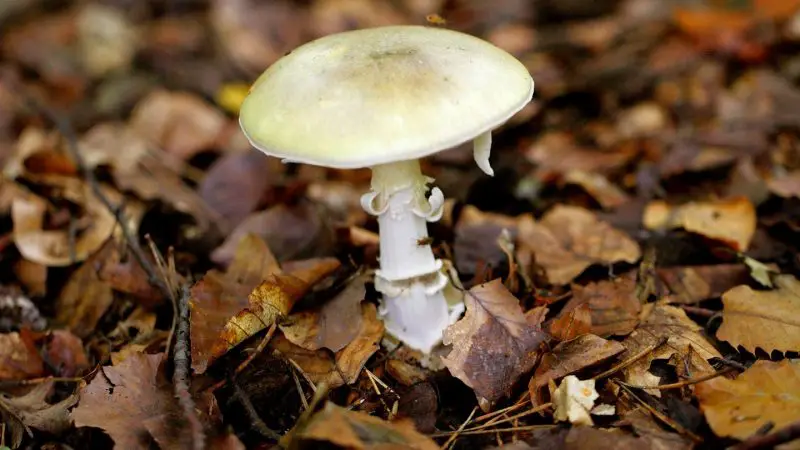
The Death Cap is one of the most notorious and deadly mushrooms in the world. Though native to Europe, it has been introduced to various parts of North America, including Florida, particularly in urban landscapes and areas with imported trees like oaks. This species thrives in symbiotic association with tree roots and is often found near hardwoods during the wetter months. While not as common in Florida as in northern states, its presence has been confirmed and should be taken seriously by foragers and gardeners alike.
Morphologically, the Death Cap is striking in its appearance. It typically has a smooth, sticky cap that ranges from pale green to yellowish or olive-gray, often with a subtle metallic sheen. The gills are white and free from the stalk, and the stem is white with a delicate ring near the top. At the base, a characteristic sac-like volva (a cup-shaped structure) is found, which is an essential identification feature. The mushroom can grow up to 6 inches tall, and the cap may reach 4 to 6 inches in diameter when fully mature.
The most dangerous aspect of the Death Cap lies in its toxins. It contains potent amatoxins, primarily alpha-amanitin, which inhibit RNA polymerase II, an essential enzyme for cell function. Ingestion can lead to delayed symptoms such as nausea, vomiting, and abdominal pain within 6 to 24 hours, followed by an apparent recovery phase. However, this is deceptive, as the toxins then proceed to destroy the liver and kidneys, potentially leading to death without prompt and aggressive medical treatment.
In Florida, Death Caps have been occasionally spotted in landscaped areas with European trees, especially where soil or mulch has been imported. Because its appearance can resemble edible species like puffballs or straw mushrooms, it poses a significant risk to uninformed gatherers. Awareness and proper identification are crucial to avoiding accidental poisoning, especially in regions where this deadly mushroom is not commonly expected.
Destroying Angel (Amanita bisporigera)
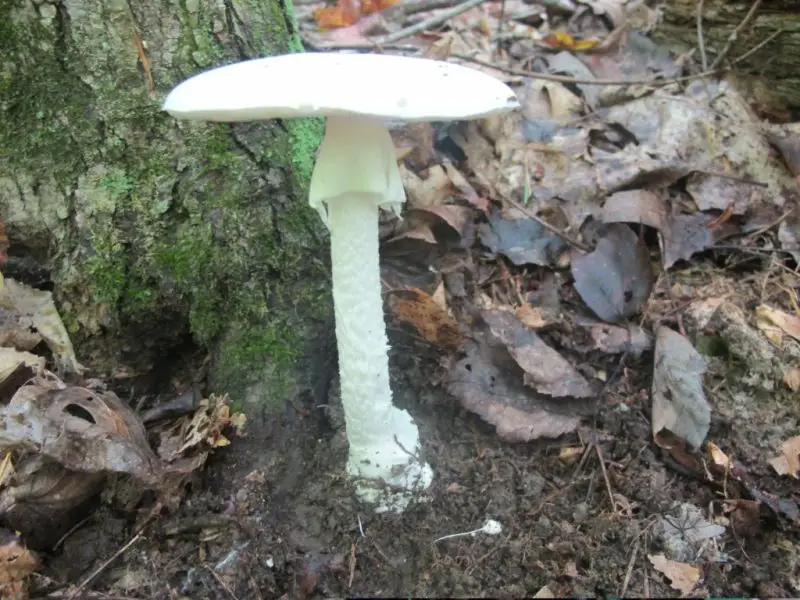
The Destroying Angel is another highly toxic mushroom species within the Amanita genus and is widely recognized for its pristine white appearance and lethal properties. Found throughout the eastern United States, including many wooded and grassy areas of Florida, this mushroom often emerges in late summer and fall, typically growing alone or in small groups in moist soil near hardwood trees. It prefers shaded environments and is frequently seen in parks, forests, and suburban yards.
In terms of morphology, the Destroying Angel is elegant yet deadly. The cap is snow white, smooth, and dome-shaped when young, becoming flat as it matures, usually reaching 2 to 5 inches in diameter. The gills are white and free from the stalk. A skirt-like ring, or annulus, encircles the upper portion of the white stem, which is slender and can grow up to 8 inches tall. At the base, a bulbous volva is typically present, although it may be buried underground and hard to spot without careful digging.
Like the Death Cap, the Destroying Angel contains potent amatoxins, especially alpha-amanitin. These toxins cause irreversible liver and kidney damage by blocking essential cellular processes. Symptoms generally appear between 6 to 24 hours after ingestion and include nausea, severe abdominal pain, vomiting, and diarrhea. A temporary period of improvement may follow, but this is misleading, as organ failure often sets in shortly after. Without immediate medical intervention, ingestion is frequently fatal.
In Florida, Destroying Angels can be found in humid, shaded areas with rich soil, particularly after heavy rains. Their pure white coloration may make them seem harmless or even appealing, but they are among the deadliest mushrooms in the state. People unfamiliar with mushroom foraging may mistake them for edible button mushrooms or puffballs, making public education essential to prevent accidental poisonings.
False Parasol (Chlorophyllum molybdites)
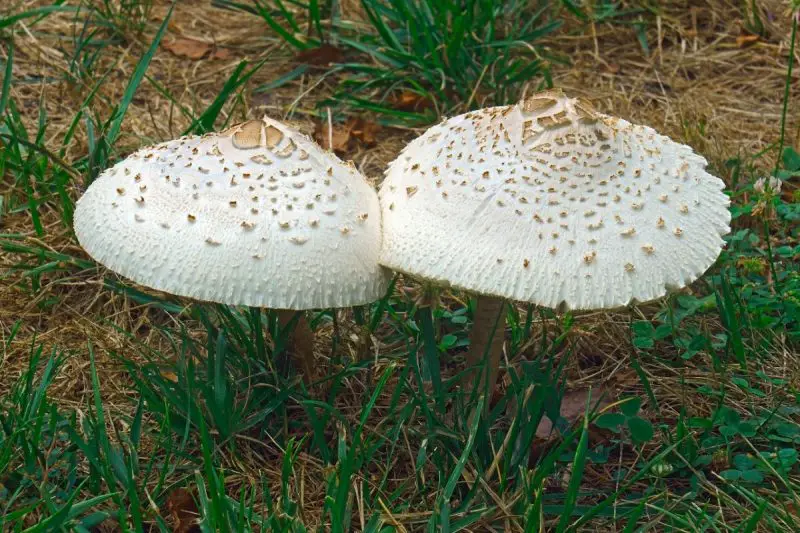
The False Parasol, also known as Green-Spored Lepiota, is perhaps the most commonly encountered poisonous mushroom in Florida. It is frequently found in lawns, pastures, parks, and other grassy areas, especially following summer rainstorms. Unlike the previous Amanita species, the False Parasol is not deadly but causes intense gastrointestinal distress that can be mistaken for food poisoning. Its wide distribution and similarity to edible mushrooms make it one of the most reported causes of mushroom-related illness in the United States.
The appearance of the False Parasol is distinctive yet deceptively similar to edible varieties like the shaggy parasol. Its cap is large and white with brownish scales, often up to 12 inches in diameter. The gills are initially white but turn green as the mushroom matures—a key identification feature. The tall, slender stem also features a movable ring. The spore print is bright green, which helps confirm its identity. However, the greenish tint may not be obvious in young specimens, adding to the confusion.
This mushroom contains unidentified gastrointestinal toxins that lead to rapid-onset symptoms such as nausea, vomiting, diarrhea, and abdominal cramps within 1 to 3 hours of ingestion. While not life-threatening in healthy adults, the effects can be severe and require hospitalization in sensitive individuals like children or the elderly. Dehydration is a common complication if medical care is delayed or ignored.
False Parasols are extremely widespread in Florida, especially in suburban neighborhoods and golf courses where they blend in with ornamental landscapes. Their habit of growing in fairy rings or clusters makes them attractive to curious children and pets, further increasing the risk of accidental poisoning. Knowing how to differentiate them from safe look-alikes is essential for both foragers and homeowners.
Jack-O’-Lantern Mushroom (Omphalotus illudens)
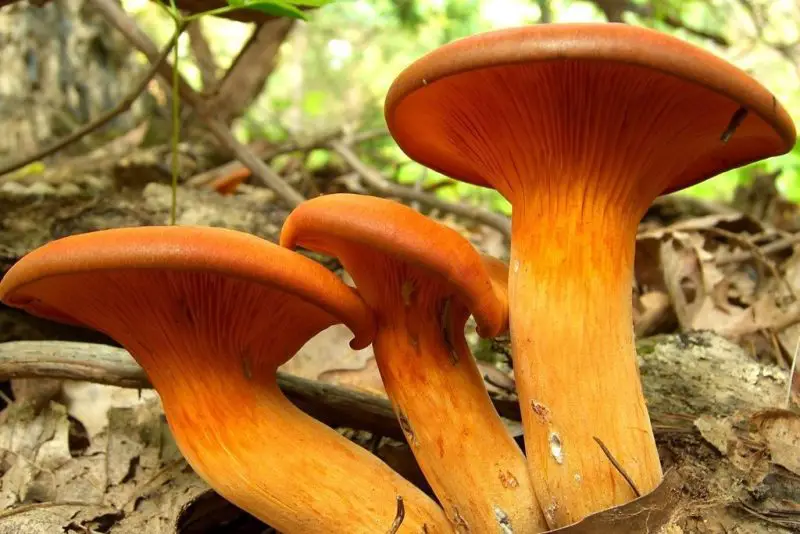
The Jack-O’-Lantern mushroom is well known for its vivid orange color and its eerie bioluminescence, although the latter is usually only visible in complete darkness. This poisonous mushroom grows in Florida and other eastern U.S. states, typically appearing in dense clusters at the base of hardwood trees or on buried wood. Its fruiting bodies often emerge in late summer through fall and are commonly seen in forests, parks, and sometimes even in landscaped areas.
In terms of appearance, the Jack-O’-Lantern is quite beautiful. It has a bright orange to deep yellow-orange cap, usually funnel-shaped and up to 6 inches in diameter. The gills are thick, closely spaced, and run down the stem—a key feature that helps distinguish it from edible chanterelles. The mushroom grows in clusters, with several fruiting bodies emerging from a single base, which also sets it apart from solitary species. When fresh, the gills may emit a faint greenish glow in the dark, caused by a chemical reaction known as bioluminescence.
Despite its appealing look, this mushroom contains toxins called illudins, which are not deadly but can cause severe gastrointestinal symptoms. Within a few hours of ingestion, affected individuals may experience intense nausea, vomiting, diarrhea, and stomach cramps. The symptoms can last for up to 24 hours, and while rarely fatal, the ordeal can be extremely unpleasant. There are no known antidotes, so treatment is typically supportive with fluids and rest.
In Florida, the Jack-O’-Lantern mushroom is commonly found in wooded areas with plenty of decaying organic matter. It prefers oak, beech, and other hardwood species, often growing on stumps or roots that are hidden beneath the soil. Many people mistakenly collect this mushroom, confusing it with edible species such as chanterelles. Because of its clustering growth pattern and downward-running gills, careful identification is essential to avoid accidental poisoning.
Galerina marginata (Deadly Galerina)
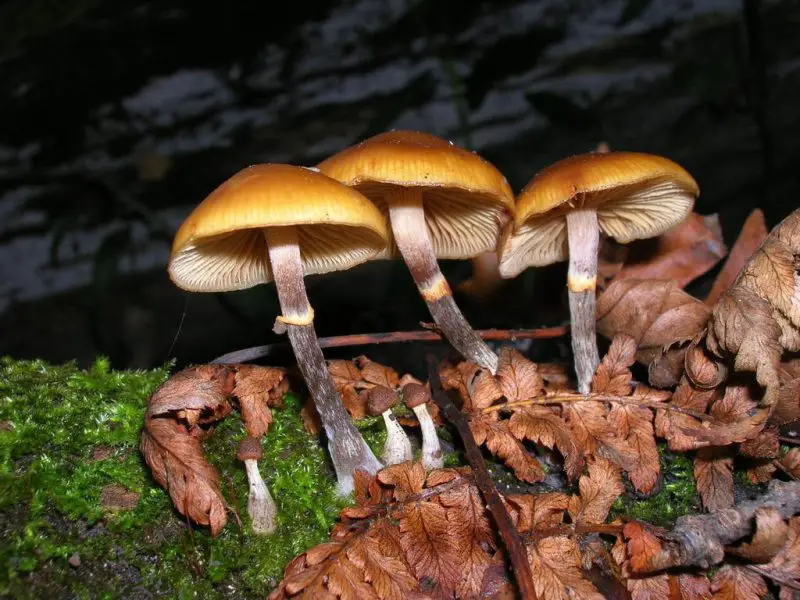
Galerina marginata, commonly referred to as the Deadly Galerina, is a small but highly toxic mushroom that often goes unnoticed due to its unassuming appearance. Though more common in northern regions, it is also found in Florida, particularly in forested areas rich in decaying wood. It grows on dead logs, stumps, and woody debris, often in the same habitats as edible mushrooms, making it especially dangerous for novice foragers.
The Deadly Galerina has a brown to yellowish-brown cap, typically 1 to 3 inches wide, that is convex when young and flattens with age. Its gills are brown and attached to a thin, fragile stem that may display faint remnants of a ring. The entire mushroom has a smooth, moist texture when fresh, and it produces a rusty brown spore print. Despite its small size and nondescript appearance, it can be easily confused with hallucinogenic or edible species such as Psilocybe or honey mushrooms.
This mushroom contains amatoxins—the same deadly compounds found in Amanita species. These toxins disrupt liver and kidney function, often causing irreversible damage. Symptoms are delayed and include vomiting, diarrhea, and severe abdominal pain followed by an apparent recovery period, after which life-threatening organ failure may occur. Ingestion of even a small amount can be fatal without emergency medical care.
In Florida, Galerina marginata is typically found in cooler months, thriving in damp, shaded forests with ample woody debris. Its presence in close proximity to edible or psychoactive mushrooms has led to accidental poisonings. Because its toxic effects are as severe as those caused by the Death Cap and Destroying Angel, extreme caution should be exercised when collecting any small brown mushrooms in the wild.
Green-Spored Lepiota (Chlorophyllum molybdites)
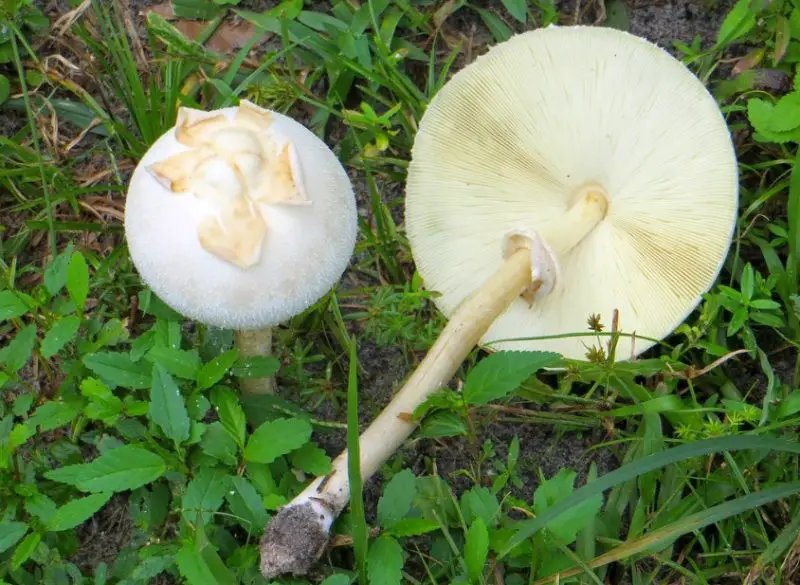
Chlorophyllum molybdites, also known as the Green-Spored Lepiota, is one of the most frequently encountered poisonous mushrooms in Florida. It is especially common in grassy environments such as lawns, sports fields, and golf courses. The mushroom typically appears after warm rains, thriving in the humid subtropical climate found across the state. Though not deadly, it is the leading cause of mushroom poisoning in the United States due to its similarity to edible species and its widespread presence in public spaces.
This mushroom has a large, round cap that flattens as it matures, often reaching up to 10 inches in diameter. The surface of the cap is white to tan with a covering of darker brown scales, creating a distinctive, speckled appearance. The gills start out white but turn greenish as the mushroom ages, which is one of its most telling characteristics. The spore print is a vibrant green, unlike most edible species. It also features a tall, thick stem with a prominent ring, but lacks a volva at the base.
Chlorophyllum molybdites contains an as-yet unidentified gastrointestinal toxin that causes sudden and severe symptoms including nausea, vomiting, abdominal cramps, and diarrhea. These effects usually begin within one to three hours of ingestion and can last for up to 24 hours. While the toxin is not fatal, the resulting dehydration and electrolyte imbalance can be dangerous, particularly for children, the elderly, and individuals with compromised health.
In Florida, Green-Spored Lepiotas are especially abundant during the summer and fall months, often forming large fairy rings in turfgrass. Their large size and prominent ring can easily mislead foragers who mistake them for edible parasol mushrooms. Due to their high toxicity and common presence in residential areas, they represent a significant health risk to curious pets and small children who might ingest them unknowingly.
Panther Cap (Amanita pantherina)
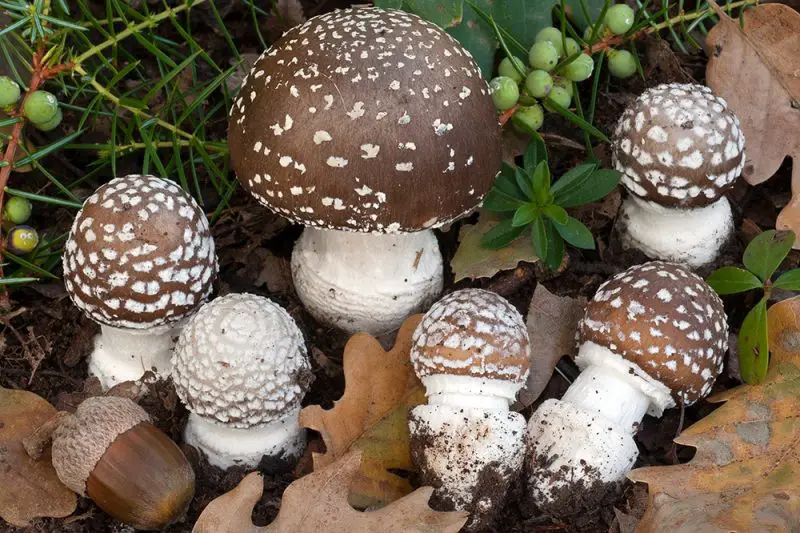
The Panther Cap is a dangerous and hallucinogenic mushroom that can occasionally be found in parts of Florida, especially in wooded areas with sandy, acidic soil. This mushroom is more common in Europe and the Pacific Northwest but has been introduced into parts of North America, including the southeastern United States. It typically grows under hardwood and conifer trees, often appearing solitary or in scattered groups after rainfall during the cooler months of the year.
The cap of the Panther Cap is medium-sized, ranging from 2 to 5 inches wide, and is usually a rich brown to gray-brown color. It is decorated with small white warts or flakes, remnants of the universal veil that once enclosed the immature mushroom. The margin of the cap is typically striated, and the gills underneath are white and free from the stem. The stem is slender, white, and features a hanging ring, with a bulbous base that may or may not show a volva depending on maturity and soil conditions.
This species contains the psychoactive and toxic compounds ibotenic acid and muscimol, which affect the central nervous system. Ingesting Panther Caps can lead to hallucinations, confusion, dizziness, muscle twitching, and sometimes convulsions or coma in severe cases. Unlike amatoxins, these toxins act quickly, with symptoms typically starting within 30 minutes to 2 hours. Though deaths are rare, the psychological and neurological effects can be extremely distressing and dangerous.
In Florida, Amanita pantherina has been reported in pine and oak forests, especially in areas with imported mulch or disturbed soil. Due to its close resemblance to other Amanitas, including edible and deadly varieties, it poses a major risk for misidentification. The combination of its psychotropic and toxic properties makes it especially hazardous to uninformed individuals seeking hallucinogenic mushrooms.
Inocybe spp.
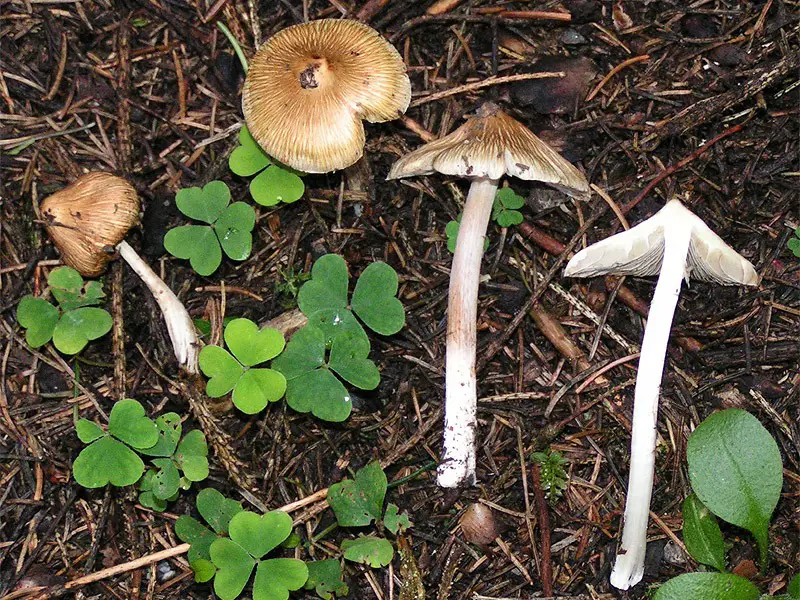
The Inocybe genus comprises hundreds of species, many of which are toxic, and several are known to occur throughout Florida’s forests and wooded parks. These mushrooms are small and brown, typically overlooked due to their unremarkable appearance. However, many Inocybe species contain muscarine, a potent neurotoxin that affects the parasympathetic nervous system. They are considered one of the most dangerous genera of “little brown mushrooms” because of their widespread presence and high toxicity.
Inocybe mushrooms are typically small, with caps rarely larger than 2 inches wide. The caps are conical to bell-shaped and are often fibrous or scaly in texture. Their color ranges from tan to brown, and the gills are usually attached and similarly colored. The stems are thin, fragile, and without any distinctive ring or volva. These mushrooms produce a brown spore print, and they often emit a strong, unpleasant odor when mature or damaged.
The main toxin found in many Inocybe species is muscarine, which overstimulates the parasympathetic nervous system. Symptoms of poisoning usually begin within 15 to 30 minutes and include salivation, excessive sweating, teary eyes, nausea, vomiting, diarrhea, slow heartbeat, and difficulty breathing. In severe cases, muscarinic poisoning can lead to convulsions, respiratory failure, or even death if left untreated. Antidotes such as atropine may be used in medical settings to reverse the symptoms.
In Florida, Inocybe mushrooms are most commonly found in the leaf litter of mixed hardwood forests and near pine trees. They can be seen throughout the year but are especially abundant during the wet season. Due to their small size and nondescript appearance, they are often confused with harmless species, making them a hidden hazard for foragers and pets.
Conocybe filaris
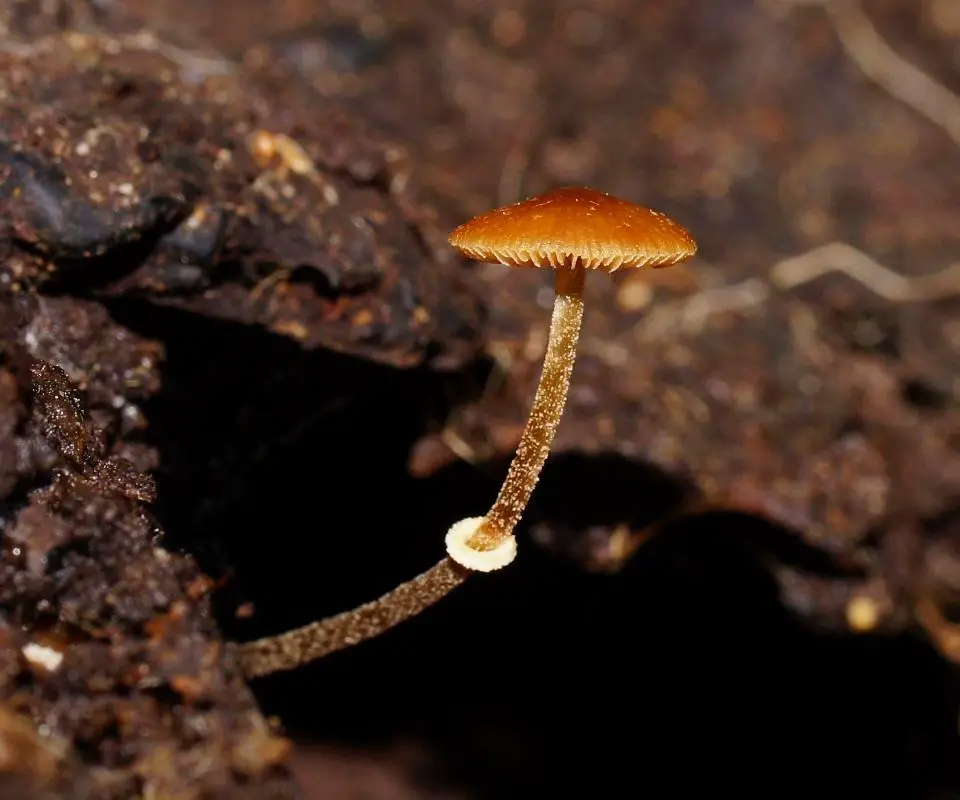
Conocybe filaris is a deadly mushroom species that has recently gained attention due to its potent amatoxins, which are chemically similar to those found in Amanita species. Though more common in the Pacific Northwest, it has been identified in various parts of North America, including isolated regions of Florida. This species typically grows on rich, composted soil and is sometimes found in mulched flower beds, lawns, and gardens.
The fruiting body of Conocybe filaris is small and slender, with a cap measuring around 1 to 2 inches wide. The cap is smooth and bell-shaped, tan to cinnamon-brown in color, and becomes darker when moist. The gills underneath are closely spaced and pale brown, while the spore print is rust-colored. The stem is thin and brittle, often matching the cap in color and lacking any distinctive ring or volva. Its fragile and delicate structure makes it easy to miss or misidentify.
This mushroom contains alpha-amanitin, a lethal toxin that inhibits RNA synthesis and leads to liver and kidney failure. Symptoms do not appear immediately and usually begin 6 to 12 hours after ingestion. The initial phase includes vomiting, severe abdominal cramps, and diarrhea, followed by a deceptive period of improvement. Within 2 to 4 days, however, organ damage becomes apparent, and without aggressive treatment such as liver dialysis or transplant, the condition may become fatal.
In Florida, although rare, Conocybe filaris may appear in gardens and landscaped areas where rich mulch or compost has been applied. Its small size and bland appearance often lead it to be overlooked, but because it shares habitats with common edible species, it poses a significant danger. Misidentification is a serious concern, especially for those new to mushroom hunting or those seeking culinary or psychedelic mushrooms without proper knowledge.
Little Brown Mushrooms (LBMs)

The term “Little Brown Mushrooms” refers to a broad group of small, inconspicuous brown mushrooms that include species from multiple genera such as Psilocybe, Conocybe, Galerina, and Inocybe. In Florida, LBMs are particularly abundant due to the state’s warm, humid climate, which supports rapid fungal growth in forests, grasslands, and even urban gardens. Although not all LBMs are toxic, a significant number contain dangerous compounds such as muscarine, amatoxins, or psychoactive substances.
Most LBMs are tiny, often with caps measuring less than 2 inches wide. The cap shapes vary from conical to flat, and their coloration ranges from tan and cinnamon to dull brown. The stems are usually thin and delicate, with few obvious features to distinguish toxic species from safe ones. Spore prints vary, and without microscopic examination or chemical tests, accurate identification is nearly impossible for non-experts. The visual similarities between dangerous and edible LBMs make them one of the riskiest groups for mushroom foragers.
Toxins found in LBMs include muscarine, amatoxins, and psilocybin. Muscarine causes overstimulation of the parasympathetic system, while amatoxins damage internal organs, and psilocybin causes hallucinations and altered mental states. Because of the diversity of species, the symptoms of LBM poisoning can range from mild gastrointestinal upset to potentially fatal liver failure or severe neurological effects. Timing and severity of symptoms vary depending on the specific toxins involved.
In Florida, LBMs can be found year-round, particularly during and after periods of rain. They grow on soil, wood, mulch, and leaf litter, making them ubiquitous in natural and urban environments alike. Because of their generic appearance, LBMs should never be consumed unless identified with absolute certainty by a qualified mycologist. Even experienced mushroom hunters often avoid LBMs due to the high risk of fatal mistakes.





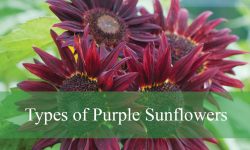

Hey this is a really great post! I’ve been into micology for a while, but the new state laws have me searching for wild spores to collect. I’m still not too confident though. Thanks!